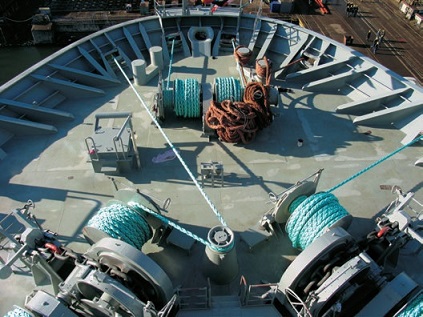
Ships arrival in ports - check items prior entry
A ship's arrival manoeuvering at the port is a critical part of her voyage, and there needs some careful planning while approaching. Failure in carrying out the appropriate procedures might lead to disaster. Due to unsafe navigational practice, many accidents happen each year, causing loss of life and damage to property and environment. To avoid catastrophic events while entering a port limit, any prudent navigator, therefore, needs to make arrangements and some essential preparation.


